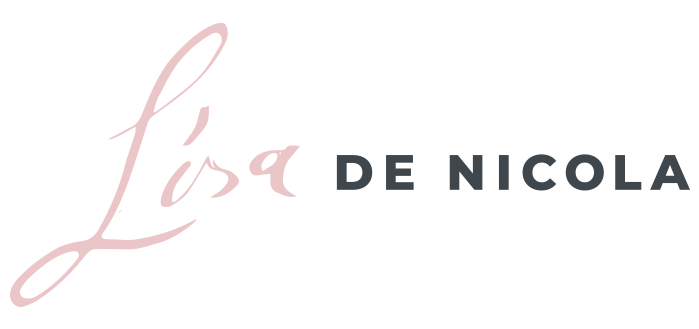One of the hardest things to do as an emerging leader who’s committed to elevating their leadership skills is doing so in a toxic workplace culture. Let’s face it, a workplace environment has a strong influence on any leader trying to level up, including considering who they’re surrounded by.
We’ve all been in a workplace environment that screamed, “Run for the hills – NOW,” yet for a number of reasons, felt like we couldn’t quite leave. For many of us, we still want to flex our growth muscles while we were there as we strive for the next bigger and better opportunity.
So, how do you do that when there’s no model of sound leadership?
Knowingly or unknowingly, if you’re modelling poor leadership behaviour, your employees are not only watching, but they’re also following suit. It’s kind of like monkey see, monkey do. The end results are future leaders in the making having no real example of what leadership looks like.
This was the case for a former coaching client of mine who wanted to work on elevating her leadership skills having stepped into a new role.
Sarah had been leading a team of 4 for about a year and had been promoted to a new position that would expand her responsibilities. The challenge was, that she was navigating organizational changes, struggling with managing her scope of responsibilities in a culture that modelled poor work practices and had no strong example of strong leadership to mirror.
In a post-pandemic world, well-being and flexibility seemed non-existent in her work environment. Not to mention there were challenges with general communication across the board, no example she could think of where offering constructive feedback was practiced and there was a lack of boundaries, so it would be normal to see emails way past 5 pm and the list goes on.
According to a report by SHRM, the cost of turnover due to a toxic workplace culture can cost upwards of $223 B. When you tie numbers to an ongoing issue, it’s easy to see where your money and your talent are going.
The culture wasn’t supportive of Sarah’s growth and made it difficult for her to identify what “good” leadership looked like, especially since she felt she hadn’t experienced it directly. She was hungry to elevate her leadership skills and was determined to do so despite her environment.
Our work took us to many different places over several months, but we started with managing Sarah’s overall stress and finding ways to prioritize Sarah. In a state of constant overwhelm, exhaustion and being overworked, it didn’t offer a solid foundation to work on leadership development. Especially if you’re looking to up-level!
Once we worked on getting her feeling more in control of how she wanted to feel and reduced her stress levels, we focused on developing a few key leadership competencies that allowed her to elevate her leadership skills and level up.
Here are 3 guideposts to consider if you’re in this place now and are looking to elevate your leadership skills.
DEFINE YOUR LEADERSHIP STYLE
How one person defines leadership will likely look different to someone else, yet there are competencies most will agree are vital to developing and being an effective leader. In an environment where there are few and far leaders to model, getting clear on the kind of leader you want to be is important.
It’s one thing to look to others for qualities and traits of the kind of leader you want to be more like but coming back to the kind of leader you aspire to be is where you’ll set yourself apart. It allows you to maintain your uniqueness, as well as brings out what’s authentic to you as a leader. Where authenticity is a word overused these days, you can’t deny it when you see it in a leader.
The world doesn’t need another carbon copy of the same old, same old kind of leadership we’ve all seen before. We need what you have to offer and your way of leading.
DEFINE WHAT “GREAT” LEADERSHIP IS & LOOK FOR EVIDENCE OF IT
What does a great leader look like? Keep in mind this is about elevating. You’re not striving for average or good enough. When you don’t have examples around you to take notice like Sarah felt, identifying those who model what greatness looks like (by your definition) is important. Get clear on what your definition of great leadership looks like (or whatever adjective you care to use) so you see what that looks like in action.
In Sarah’s case, this was a big part of her challenge. Not having been modelled strong and effective leadership in her work environment, she didn’t really know what great looked like and struggled to make a connection. We stepped outside of her immediate sphere to identify others who served as strong leaders which helped her see what true leadership in action looked like. Especially, the kind she wanted to emulate more of.
Examples can be from those you know in another area of your life or influencers you look up to, who are in the public eye, and you can learn more about. Identify leaders who are already great at leading so you can find evidence of it and see it in action. You’re looking for key leadership competencies you want to develop. Then ask yourself: What stands out to you about the way they lead? What qualities do you notice that are appealing or of interest to you? These are useful questions to help create awareness and support your definition of what great leadership looks like.
IDENTIFY THE GAPS
When you have a clear understanding of your current skills and identify the skills and behaviors you want to step into, you can create a road map on how to get there. So often people get caught in the idea of elevating their leadership skills, yet there’s no clear picture of what that looks like and where they’re starting from.
In Sarah’s case, this gave her an understanding of where she was, compared to where she wanted to be, plus she had identified a select few leaders she looked highly upon for evidence of what great leadership in practice looked like. She already displayed quite a few leadership competencies that were natural strengths of her, yet she was able to gain awareness of the specific skills and behaviors she needed to work on. Putting pen to paper allowed her to have more of a visual and helped us work on creating an action plan so she can begin developing more of the skills and qualities she wanted to emulate.
Toxic workplace cultures exist, we know this and there’s no denying that. If you can leave and find a better opportunity, that should be the priority. Until you do, remember your growth is in your hands and no one else’s. There are ways to support your development despite not having the greatest examples of leadership to follow around you.
Sarah managed to elevate her leadership skills, despite a tough work environment and became a leader where she stood out and others could look to. Where there are examples of good or bad leadership, there are always lessons to learn. The key is discerning which are worth taking and which are worth leaving.
I’m curious and would love to know your experience. Let me know in the comments!
How have the leaders in your experience supported your growth throughout your career?
To your success!
Lisa






